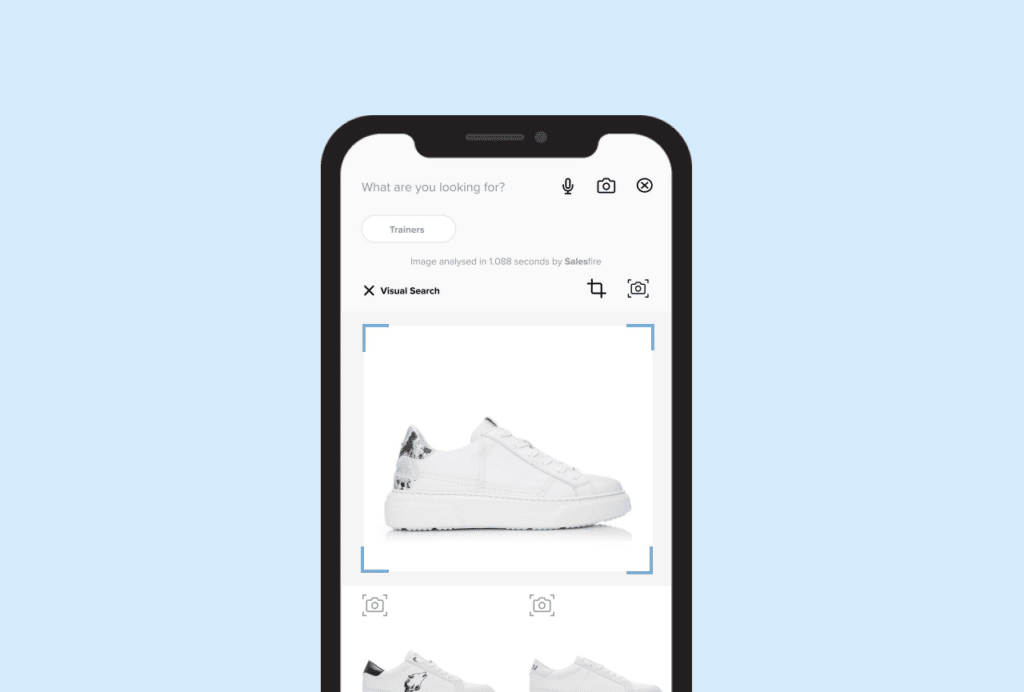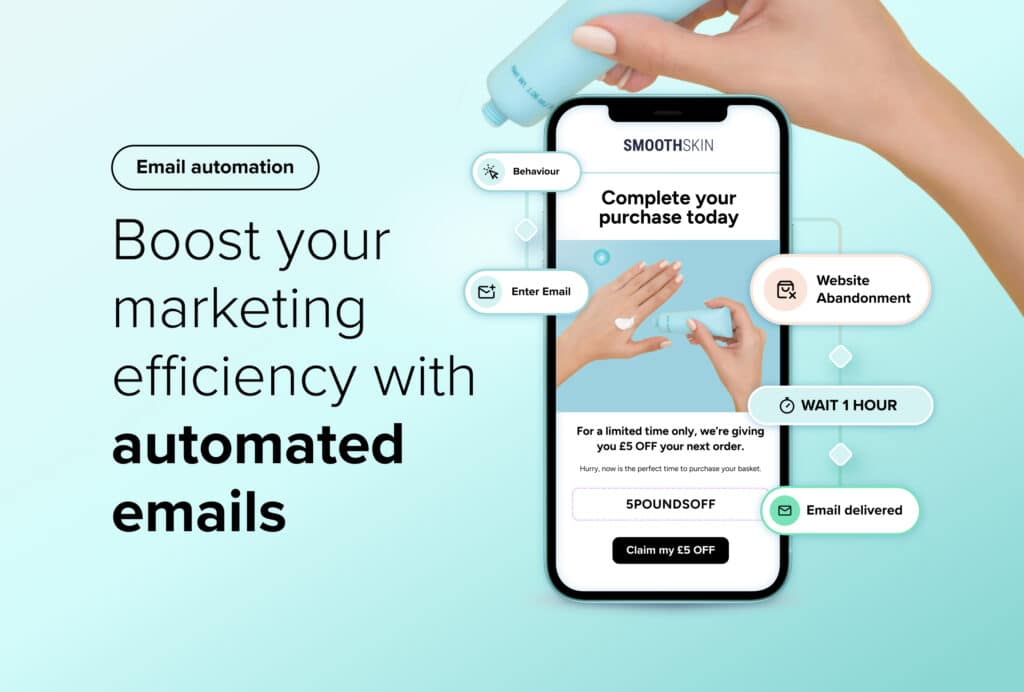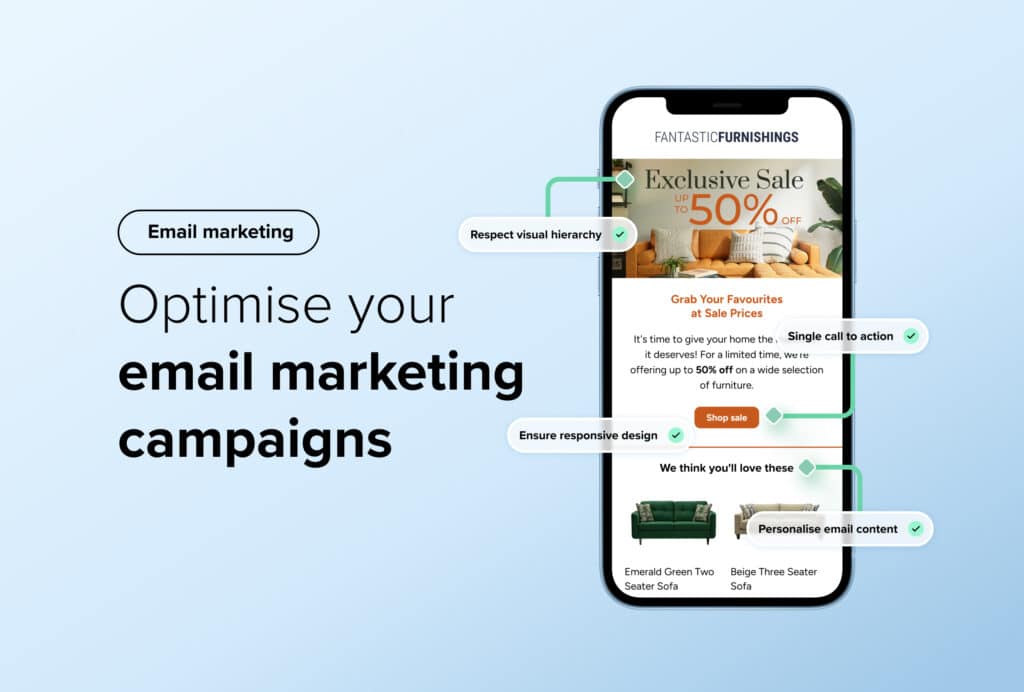How Online Retailers Can Replicate the In-store Experience
By Chester Ollivier • Last updated: Friday Jun 14th, 2024

Throughout the COVID-19 pandemic, there has been a huge increase in online shopping – with people instructed to stay at home, the only way they could get a new outfit was to buy online.
Despite the brief re-opening of physical stores on the high streets across the UK from June to December 2020, the experience was not quite the same – no touching clothes, no trying them on, only so many people allowed in the shop at once.
In addition, the acquisition of Debenhams by Boohoo (and Topshop by ASOS) shows the advantages that eCommerce retailers have, while traditional high street retailers are facing further challenges.
This was – and is – a great opportunity for online retailers to expand into not only offering a convenient service from the comfort of peoples’ homes, but a personalised service the same as they would receive in-store.
Here are a few ways in which this opportunity can be capitalised upon by eCommerce businesses.
Image Search
We’ve all been in a shop and found something that we like, but not quite what we want. It might be a shade too dark, or a size too small, or the wrong texture.
Tools such as Visually Similar Search offer a solution to this. For instance, customers have the option to upload a photo of an item they are looking for, and the search returns exactly the same – or very similar – items.
But how does this benefit eCommerce retailers compared to physical stores?
Well, Visually Similar Search returns results in less than 0.001 seconds – just a bit quicker than browsing another aisle in a shop.
It also enhances customer loyalty: the speed and convenience of immediate results brings customers back time and time again.
Virtual Technology
Being able to try on an outfit in a physical store is one of the main attractions of shopping in-person rather than online.
So how can online retailers expect to compete with this?
Well, virtual technology such as AI allows customers to virtually try on accessories, such as glasses, using facial recognition technology rather than only seeing them placed on a model’s face who may have completely different dimensions to their own.
In 2019, only 9% of eyewear was bought online. But consumer trends have dramatically shifted during the pandemic – consumers aged 18-34 are the least likely to return to a physical eyewear store when lockdown restrictions are lifted – so it is highly likely that the amount of eyewear bought online will increase dramatically in the coming years.
Messenger
A key to helping online retailers compete against the in-store experience is by using a messenger service.
44% of consumers have used chatbots, with just under 50% of them open to buying items during the interaction with the chatbot.
Chatbots help to replicate the personalisation of talking to a real-life assistant in a store, without leaving the comfort of your home.
As has been discussed previously by Salesfire, personalisation and empathy are a key part of the customer journey for eCommerce retailers.
For instance, a sales assistant can personalise a customer’s experience in a physical store because they hold a two-way conversation: chatbots can also do this, by collecting information needed to create a valuable personalised experience.
Overlays
Overlays are another major feature for any online retailer.
While in-store advertisements such as banners or stock promotions and sales can be very eye-catching and direct customers in the right direction in-store, Overlays can offer the same – if not better – online.
When 98% of customers leave a website without purchasing anything, Overlays can be used to encourage urgency. We’ve all seen big signs in stores saying ‘Hurry! Sale ends Friday!’ and usually we just ignore them.
If you’re browsing a website and an Overlay pops up with a live timer counting down to when a sale ends, or alerting you that you can get free delivery if you check-out in the next ten minutes, then you are much more likely to follow through with the initial purchase.

Free Shipping
It doesn’t cost an in-store customer anything to walk out of the shop with the item they’ve just purchased.
But buying online often (understandably) involves shipping costs.
However, is it worth charging that little bit extra to cover the extra shipping costs so the customer can have free delivery?
Well, 9 out of 10 customers say that free delivery is their main incentive to shop online.
But that’s not all – orders with free shipping average 30% higher in value than those without and a recent survey even found that 73% of people are more likely to buy an item if it includes free shipping.
And this does not just apply to small businesses – 78% of Amazon Prime members say that they signed up because of free shipping, while on its sister eCommerce site, eBay, 71% of products sold in 2020 included free shipping.
You can promote free shipping via Overlays – incentivising purchases by encouraging website visitors to, for example, buy within the next ten minutes for free delivery.
Afterthoughts
While the eCommerce world is certainly expanding at a rate that we’ve never experienced before, it does not mean that the physical stores of the world are down and out.
This is why it is essential for online retailers to constantly compete with physical stores – the more customers you can attract, the higher your income and the more happy customers you have.
See how Salesfire can help you optimise your product discovery experience, email one of our experts at enquiries@salesfire.com or book a free demo of our personalisation tools.



